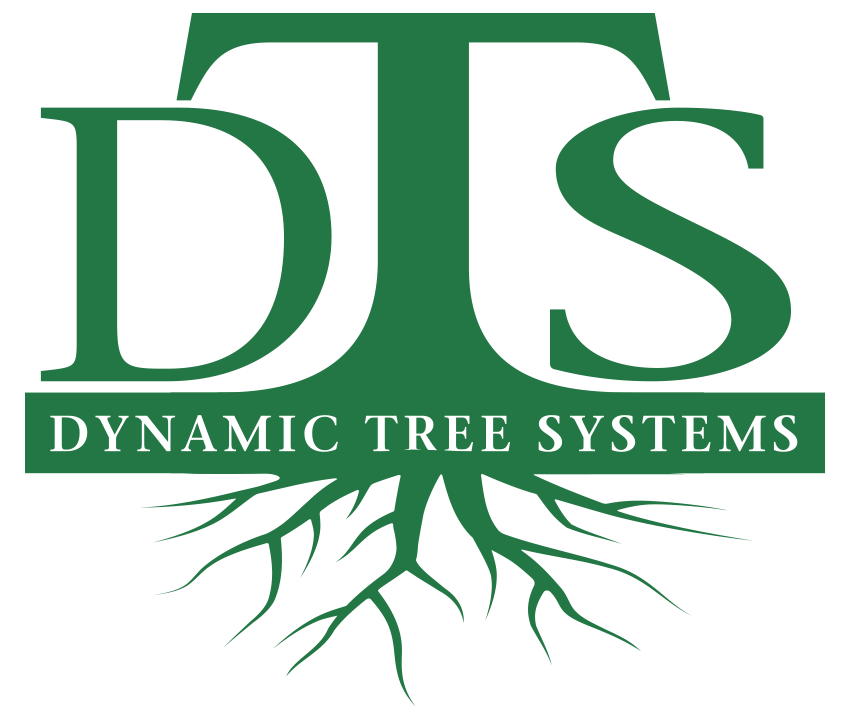A systems approach to tree health.
Dynamic Tree Systems uses a holistic method to support low-risk, healthy, mature trees in urban landscapes. Our services benefit any institution, agency or municipality concerned about their valuable trees.
We are professional arborists providing mature tree management and risk / health evaluation, as well as habitat & site services, such as construction site consulting.
Now providing New York state with noninvasive evaluation of tree health using innovative Tree Radar™.
Overcoming disadvantages of past techniques
A comprehensive evaluation of tree health and risk assessment is limited when only external/surface inspection is used. Excessive decay inside the trunk or loss of root mass can be indications of trouble, but difficult to observe or quantify. Arborists have used a variety of tools to sample tissue of tree trunks, including the Resistograph ®, Densitomat, and other drill-type devices. Due to the invasive puncture of the trunk at each sampling point, typical evaluations are done at a few points and generalizations are made from the limited samples.
Comprehensive root mass evaluation has been done by root crown excavation to examine otherwise buried root surfaces. In situations where roots have extended under walkways or near underground utilities, getting the "full picture" can be difficult.
Dynamic Tree Systems now provides an innovative and noninvasive means for tree evaluation using Tree Radar™. The Tree Radar Unit (TRU) is an ultra-portable version of Ground Penetrating Radar, and this instrument provides the first step in modern measurement, analysis, and interpretation of tree health and structural integrity.
Ground Penetrating Radar
Ground Penetrating Radar (GPR) emits electromagnetic pulses into the object being examined. Waves reflected from layers or objects of different density and moisture content are sensed by the GPR receiver, with precision timing by its control unit. Collecting data at known positions of the GPR antenna allows relating the hundreds of density readings to form a picture of the inside of the object scanned.
Trunk evaluation with TRU
The TRU uses a small transmitter/receiver easily held against a tree and moved by hand around the trunk's circumference. The measuring speed and fraction-of-inch resolution of the TRU allows a large number of readings to be taken around any trunk elevation, surpassing the few, invasive drill positions of a Resistograph.
Different reflections from the varied layers of the trunk are recorded within an attached computer for each sample position. The ability to detect & distinguish between different internal conditions aids finding locations and extent of hollow or decayed wood. The fine resolution of TRU scans can even detect internal cracks not yet visible on the exterior.
Trunk scans are performed circling the tree at several fixed elevations, allowing characterization of those horizontal 'slices' as well as helping to profile any voids or decay running up the trunk. The data gathered is recorded by the TRU computer, and must undergo post-scan processing on a computer to yield a diagram depicting the internal details.
Root mass evaluation with TRU
TRU examination of tree structural root systems allows identification of the position and depth of masses below the surface, including roots, utility runs, and other significant objects. The radar signals can penetrate through surface structures such as walks, stone or turf to reveal what is below.
A subsurface ground scan of a root system is performed with the TRU antenna mounted on a small cart pushed by the arborist. Gradually widening circles are made around the tree from a reference point as readings are taken and recorded. Radar reflections from differing depths are identified by the TRU, so that the data once processed will show underground masses in contour plots, by depth in 360° 'slices' circling the trunk.
Tree Radar™ is a trademark of TreeRadar Inc.



